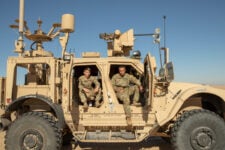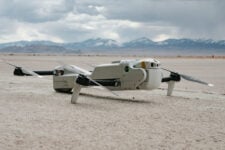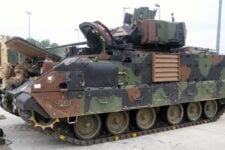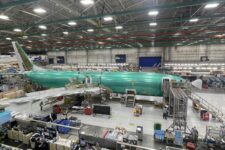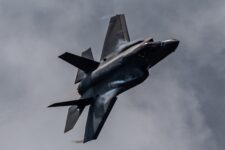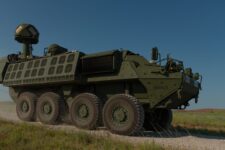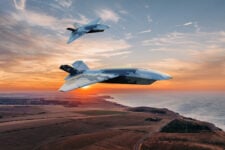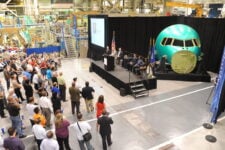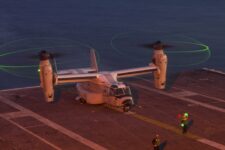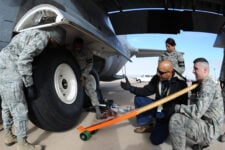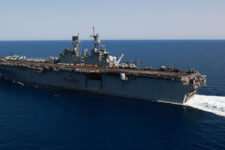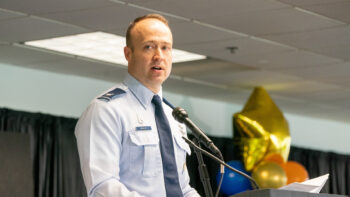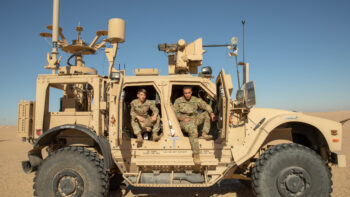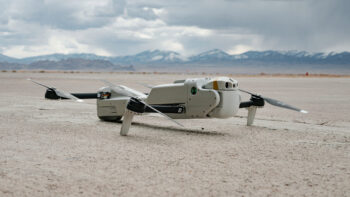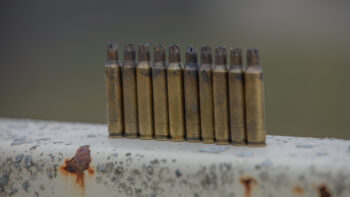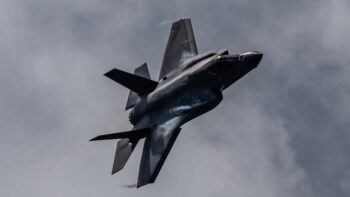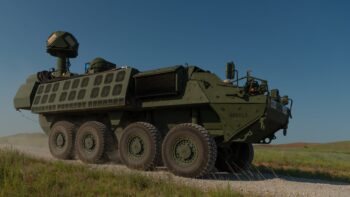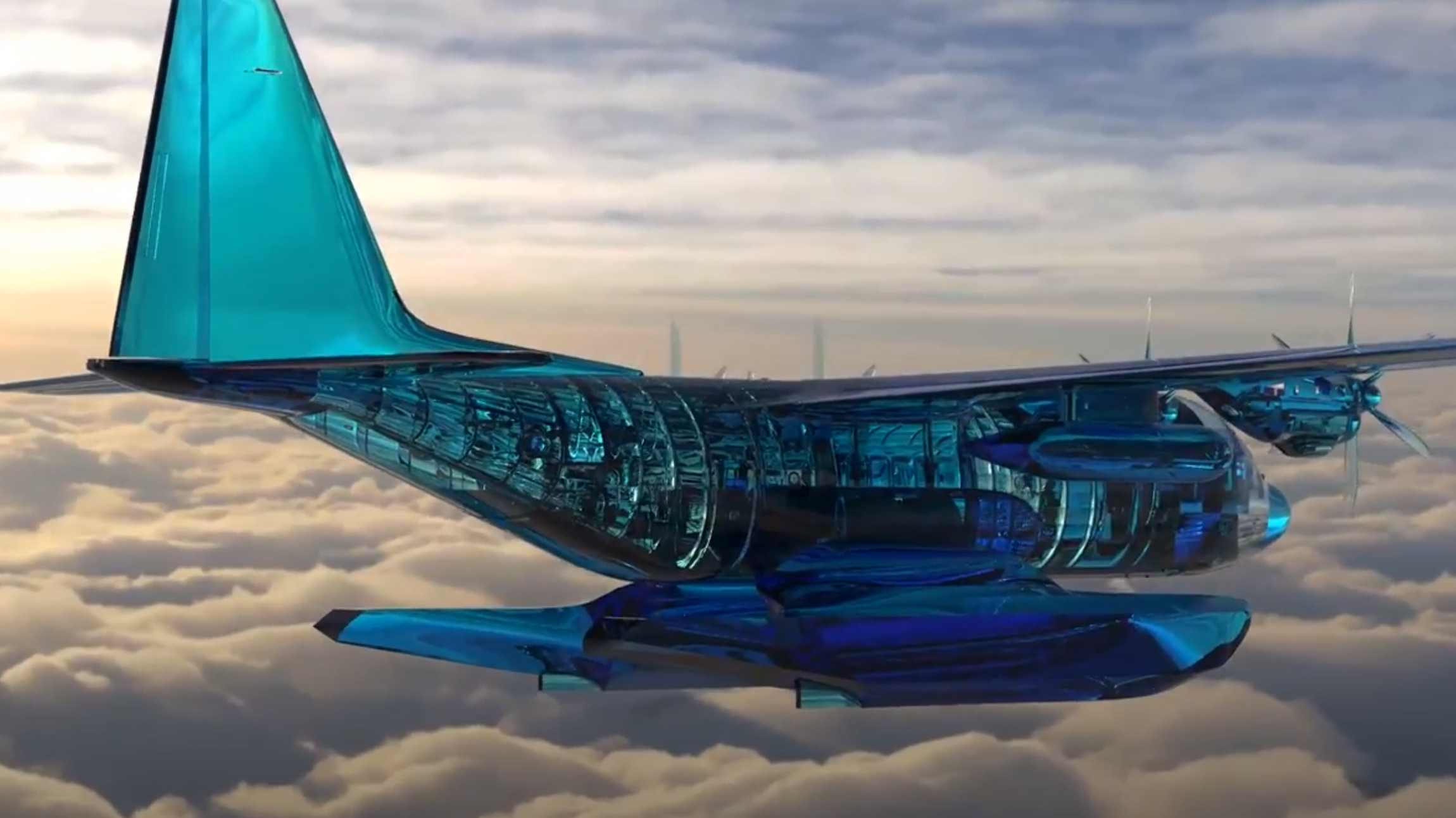
Concept art of an amphibious MC-130J design. (USAF)
SOF WEEK 2024 — A plan to equip Air Force Special Operations Command (SOCOM) MC-130J Super Hercules airlifters with gear to land on water has been tabled due to budget constraints, a SOCOM official said Tuesday.
A SOCOM and industry team “completed a very successful technical deep dive … to come up with a real rich, data-driven model” on operationalizing the water landing capability, Col. T. Justin Bronder, SOCOM’s program executive officer for fixed wing programs, said at the SOF Week Conference here in Tampa.
Following steps like hydrostatic and wind tunnel testing, Bronder said the team understands what it takes to equip a MC-130J to land on and takeoff from water. “But looking at kind of the budget projections and some of the actual cost effectiveness of that particular kind of integration effort,” officials are now “kind of hitting a pause” on implementing the capability, he said.
Officials have discussed the water landing capability for years, though they’ve been wary about committing to a timeline for fielding. Landing a C-130 on water could be necessary particularly in the Pacific, where the Air Force has been attempting to decrease its reliance on fixed airfields and instead move to more austere, dispersed operations.
Bronder emphasized that officials are still positioned to roll out the amphibious equipment if the need arises, saying that “it certainly is a capability we could field if called upon.”
Looking ahead, Bronder said SOCOM is working closely with the Defense Advanced Research Projects Agency (DARPA) on efforts to field a high speed, vertical takeoff and landing (VTOL) platform. Through that effort, known as Speed and Runway Independent Technologies (SPRINT), DARPA wants to field a system that can cruise at speeds in excess of 400 knots with sufficient range and carrying capacity.
Four companies have been picked for the first phase to design an X-plane for SPRINT, and Bronder said SOCOM is closely tracking the program ahead of planned prototype flight later this decade. DARPA can use funds to develop prototypes, but whether a platform enters production depends on convincing a military service to carry a project forward.
“We’re kind of pathfinding around a SOF [special operations forces] use case, because we think it’s very relevant to where the Air Force needs to go with congested logistics,” he said.
As a SPRINT flight test approaches, “I think we’re looking to be well postured there for success, and for a potential transition with a willing service partner,” he continued. “That technology is a DARPA hard problem that’s really moving the needle on a capability that I think cuts across where a lot of the services want to be.”
